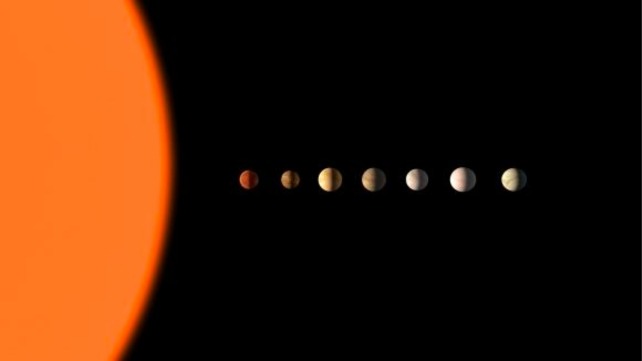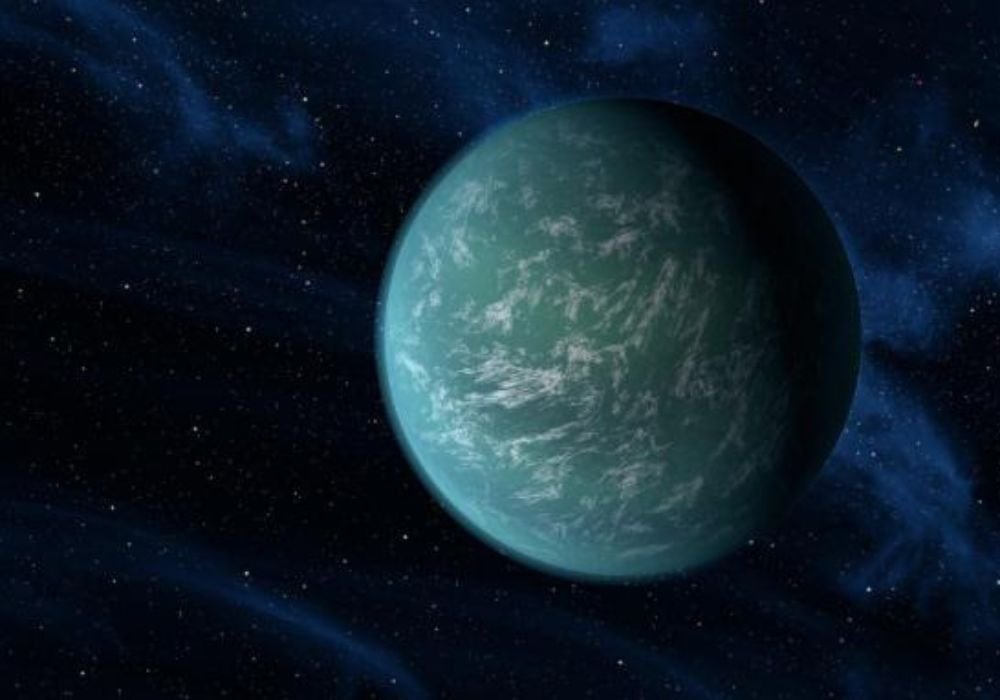The Kepler mission, completed in 2018, made significant contributions to astronomy. By exploring several planetary systems in addition to the Solar System. An example is Kepler 385, located approximately 4,670 light-years away.
The system consists of seven planets, some of which were confirmed in 2014 and others are considered potential candidates. A new catalog titled “Updated Kepler Planet Candidate Catalogue: Focus on Accuracy and Orbital Periods”It was initiated by a team of researchers led by Jack Lissauer of NASA’s Ames Research Center.
Kepler 385 system: a look at light years
Kepler 385 is an intriguing system of seven planets orbiting very close to their star. Hotter than Earth but less cold than Neptune. This star has properties similar to the Sun, but is slightly larger and hotter.
It is one of the rare stars with more than six planets or potential planets around it. The two innermost planets are rocky and may have thin atmospheres, while the other five planets are larger and may have thicker atmospheres than Earth.
Revival of understanding
In particular, improved measurements of host stars from ESA’s Gaia probe have allowed researchers to further analyze the distribution of transit times, which can reveal relevant information about exoplanet orbits.
Research revealed Systems with more transiting planets tend to have more circular orbits..

Uniform analysis of extraplanetary systems
Jason Rowe, one of the authors of the review, talks about the important implications: “Our review of the Kepler Exoplanet Catalog provides the first truly uniform analysis of exoplanet properties. Advances in whole planet and star properties have allowed us to conduct a study to better understand exoplanets and directly detect these distant worlds.” the study of the fundamental properties of exoplanetary systems for comparison with our own Solar System.”
But what this new catalog means Kepler goes beyond the 385 system. This is a testament to the wealth of information available across the nearly 4,400 planet candidates and 700 multiplanet systems catalogued.
Thanks to better measurements of the stars that host these celestial bodies, researchers have an unprecedented chance to unravel the mysteries of exoplanet systems.
Although the Kepler 385 system is not habitable due to its proximity to the star and intense radiation, the new catalog represents: A breakthrough in our understanding of exoplanets and their properties.
Did you like the content? Stay up to date on all the astronomical discoveries at TecMundo and also get the opportunity to browse the collection of free Solar System posters launched by NASA.
Source: Tec Mundo
I’m Blaine Morgan, an experienced journalist and writer with over 8 years of experience in the tech industry. My expertise lies in writing about technology news and trends, covering everything from cutting-edge gadgets to emerging software developments. I’ve written for several leading publications including Gadget Onus where I am an author.












